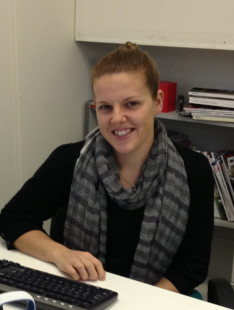Fake it ’til you make it… as a sub-editor
In a piece that first appeared in Encore, Karina Piddington from Universal Magazines tells us how.
 What does a sub-editor do?
What does a sub-editor do?
Read all day. Sounds fun, right? It is when you get to work with a great variety of copy, as I do. But a good sub doesn’t just read copy; they help to mould it into a neat little package for readers. The role varies from publication to publication, but most subs will change copy to house style, correct grammar and spelling, cut copy to fit, restructure or re-write where it’s needed and write headlines, captions and intros. It may also involve page layout, formatting copy and bugging editors and journos for stories.
What skills do you need to be good at the job?


I’ve often wondered why anyone would be a sub. Three years at uni, to correct other people’s f@ck-ups, without the accolades or salary of the journos or editors. That said, a good sub is invaluable….